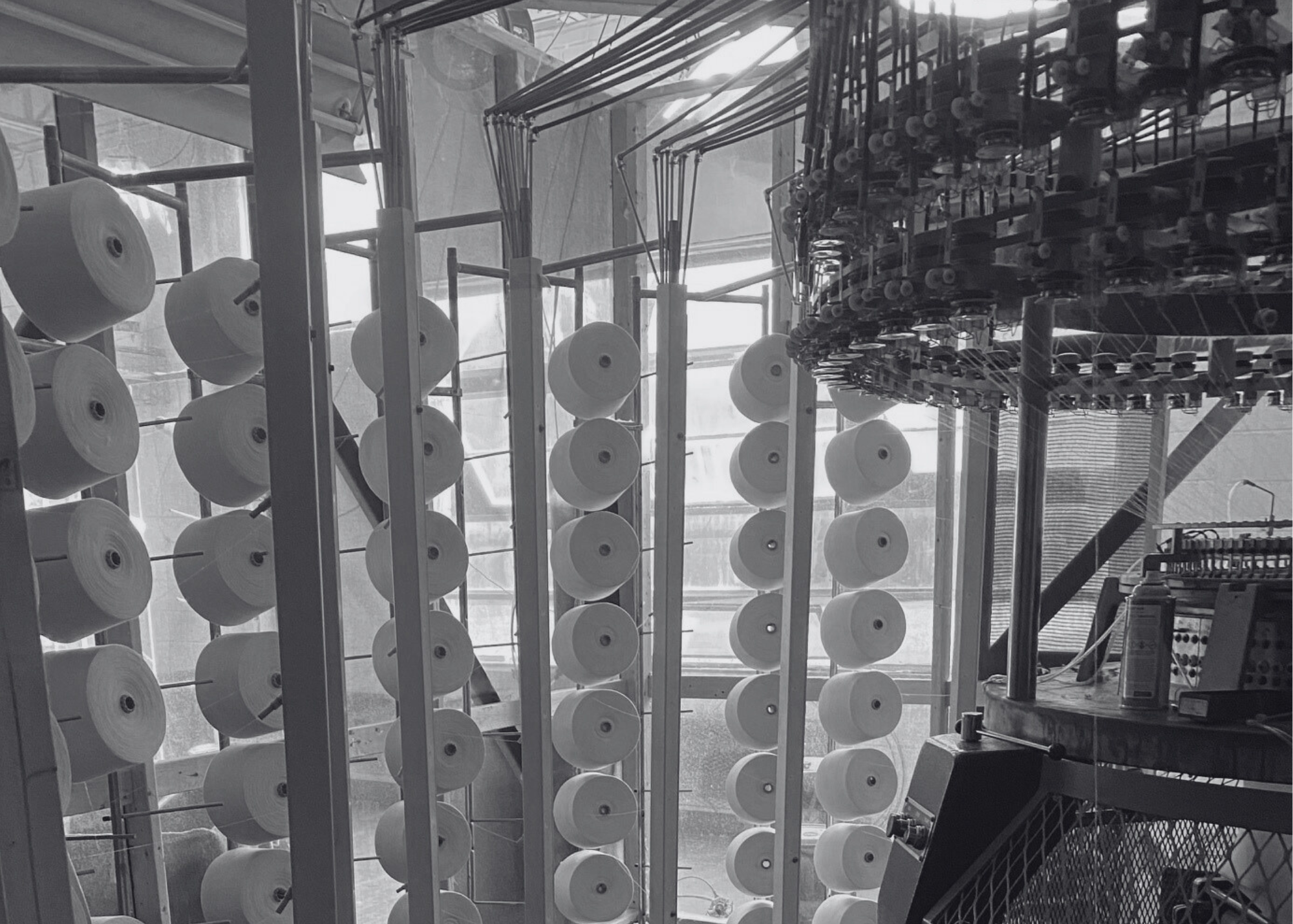
Interview: Rachel Slade, Author of "Making it in America"
Rachel Slade is an award-winning journalist (Boston Magazine) and author of the two books Into the Raging Sea and Making It in America: The Almost Impossible Quest to Manufacture in the USA (and How It Got That Way)
Slade’s editing and writing have won national awards in civic journalism, reporting, criticism, and reader service. She was awarded a MacDowell Fellowship for the fall of 2024. She earned her BA in political science from Barnard College and a Master of Architecture from the University of Pennsylvania. She splits her time between Brookline, Massachusetts, and Rockport, Maine.
A conversation about US garment manufacturing:
Why do you feel right now is a pivotal time for a return to US domestic garment manufacturing, especially in regards to ecological and sociological factors?
Quite simply, we're out of time. After 30 years of offshoring, we are all exquisitely aware of the real cost of cheap goods. We've destroyed American jobs while creating labor and environmental disasters around the world. And while the rise of fast fashion--H+M, Forever 21, Zara--was disruptive enough, now we're seeing the astronomical growth of ultra fast fashion outlets like Shein, which are exponentially destructive to our planet and manufacturing systems. The offshoring models we have now are completely unsustainable. Our only choice is to return manufacturing to our shores to reduce our impact on people and the environment while returning to well-made, thoughtfully crafted goods.
What do you regard as the biggest strengths in US garment manufacturing?
Garments made in the US are more likely to be made by people who are earning a living wage because American companies tend to care more about sourcing to avoid labor violations, such as the widespread use of slave labor in China for cotton farming and harvesting. American companies also follow the labor and environmental laws we fought so hard for over the past century. But most importantly, when you buy products made abroad, your money leaves the country forever. It's never coming back. When you buy American-made, you are supporting your neighbors--fellow citizens who in turn, spend money locally that supports their region. They send kids to local schools. They volunteer in their communities. They pay state and federal taxes. Combined, supporting domestic workers has far-reaching impacts on the nation's strength and economy.
What do you feel are the biggest challenges for...
a) Those wanting to manufacture in the US?
Impossibly cheap imports have completely distorted how much we think things should cost. What is the actual cost of a $10 or $5 pair of shoes? To quote Scott Paul, the president of the Alliance for American Manufacturing: "Price and cost are not the same thing. The price you pay for a dumped good is very cheap, but the cost is enormous. You're basically helping to preserve a system that exploits labor and the environment, and you're cutting off job opportunities for your neighbors. That's a big cost that will come back to bite you, even if you get a cheap first price there."
b) US based suppliers?
US-based suppliers need a reliable foundation of buyers who value their goods and are committed to purchasing domestic goods. To level the cost playing field, we need to reinstate tariffs. We need to reinforce government procurement of American goods and services. We need to limit CEO compensation so that Americans benefit from their labor. We need to regulate how financers like private equity use debt to destroy healthy, functioning companies. We need universal health insurance to lower health care costs in the US and reduce the time and money small businesses spend on extraneous administrative duties so that they can focus on what really matters. And finally, we need to support organized labor because unions have historically been the best source of information for working Americans. When working Americans vote in their best interests, I believe the economy will become more resilient and workers will be healthier and happier.
Do you feel our relationship to clothing as consumers needs to change? And how?
Americans lack material literacy. In other words, most Americans have no idea how much work it takes to manufacture textiles. They aren't aware of the toxicity of dyes and plastics in our clothes. They also lack an appreciation for the hand-work that goes into making garments. So yes, I think we need to reintroduce "home ec" as a basic requirement in school so that all young Americans can reconnect with making on a fundamental level. My hope is that by learning the process of making, they will begin to value the work it takes to produce clothing, slow their consumption, and maybe even begin to repair and/or update their wardrobes themselves to keep things out of landfill.
What are you looking for when you buy clothing today and how has that changed over the years?
I try to buy used clothing and shoes whenever possible. I buy for country of origin and always consider quality, not brand. I'm also buying much less every year.
And lastly, do you have an item of clothing in your closet that holds a special memory and what’s the item and the memory?
Book Tip: Making It In America, Rachel Slade






Leave a comment
This site is protected by hCaptcha and the hCaptcha Privacy Policy and Terms of Service apply.